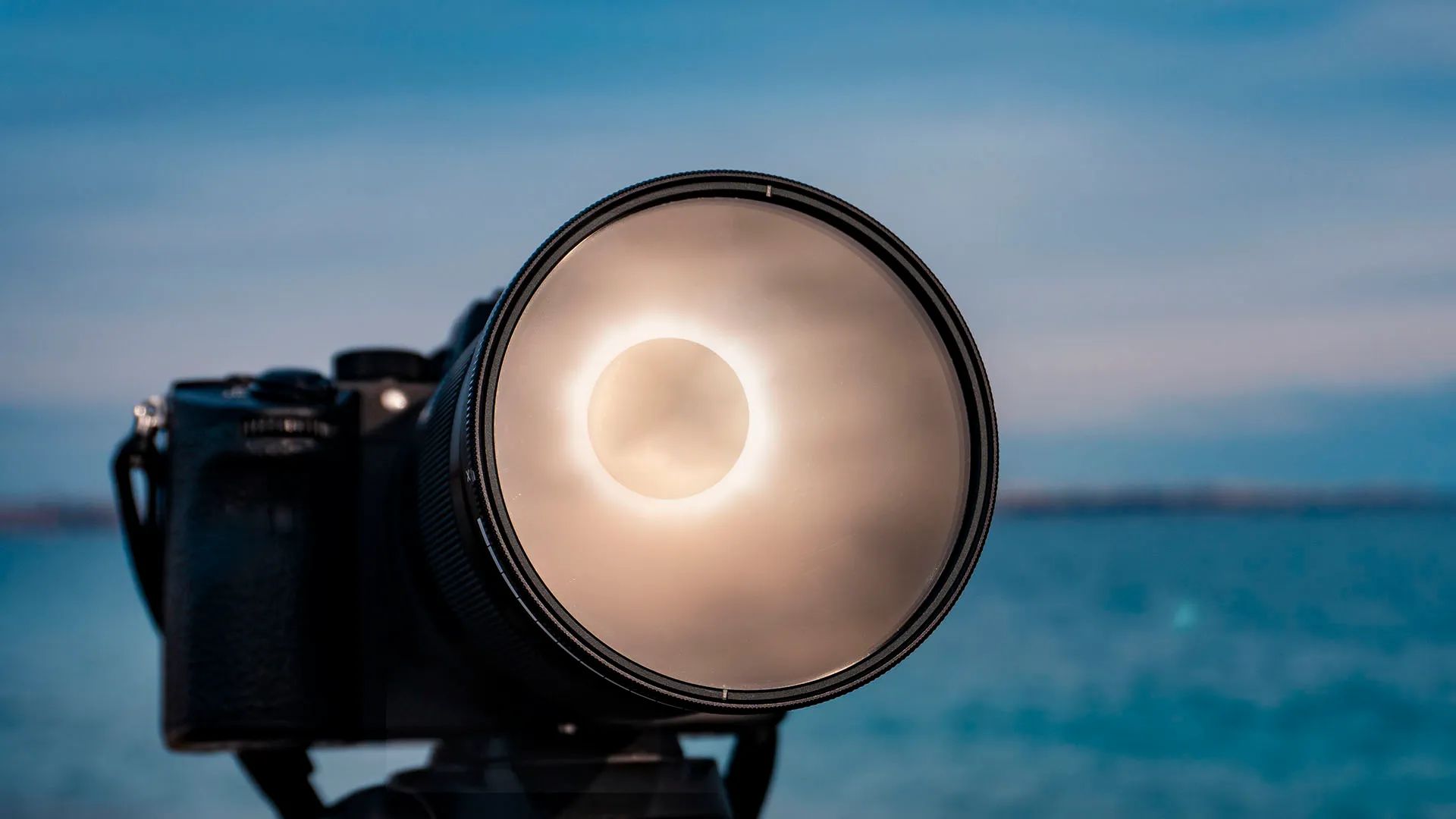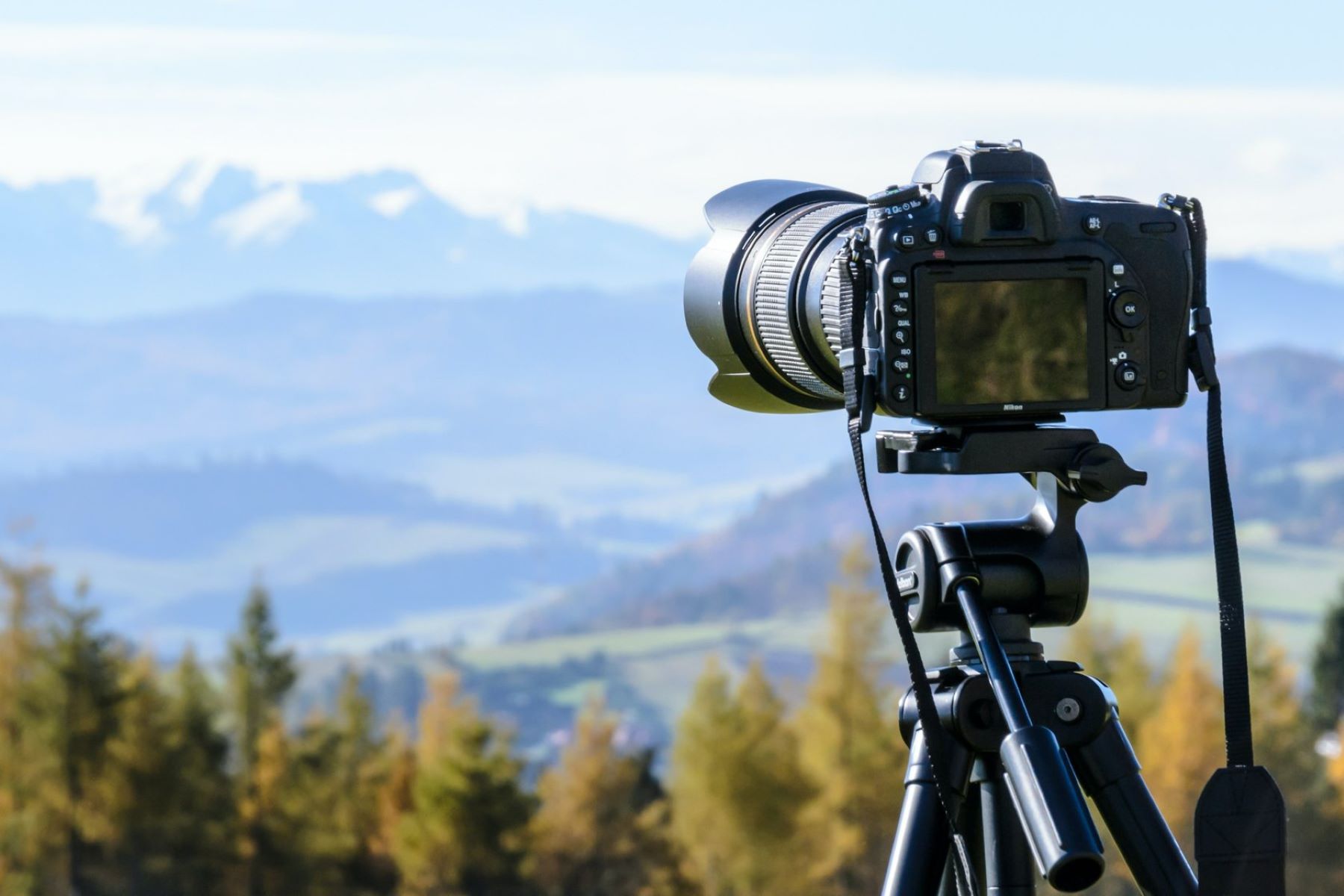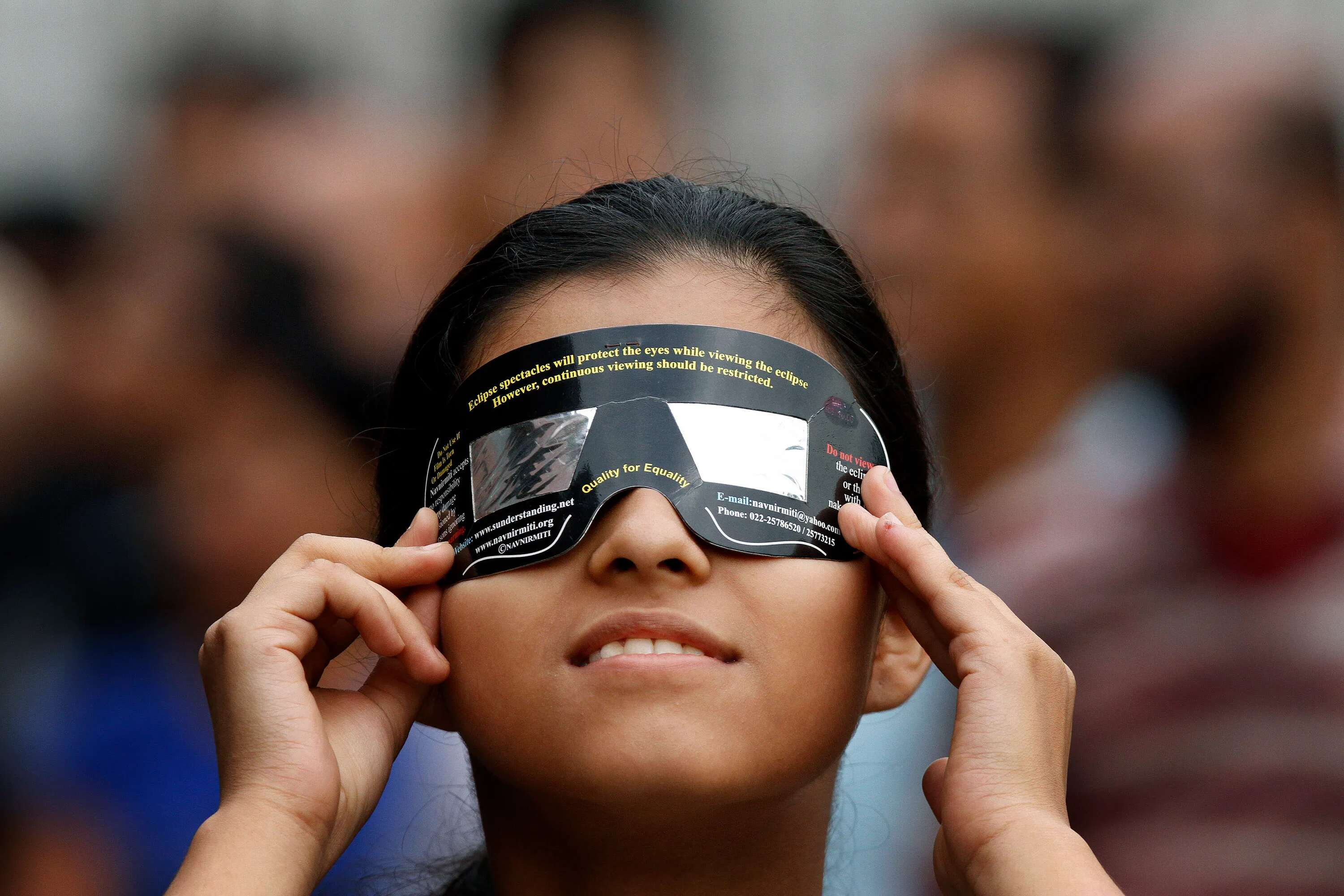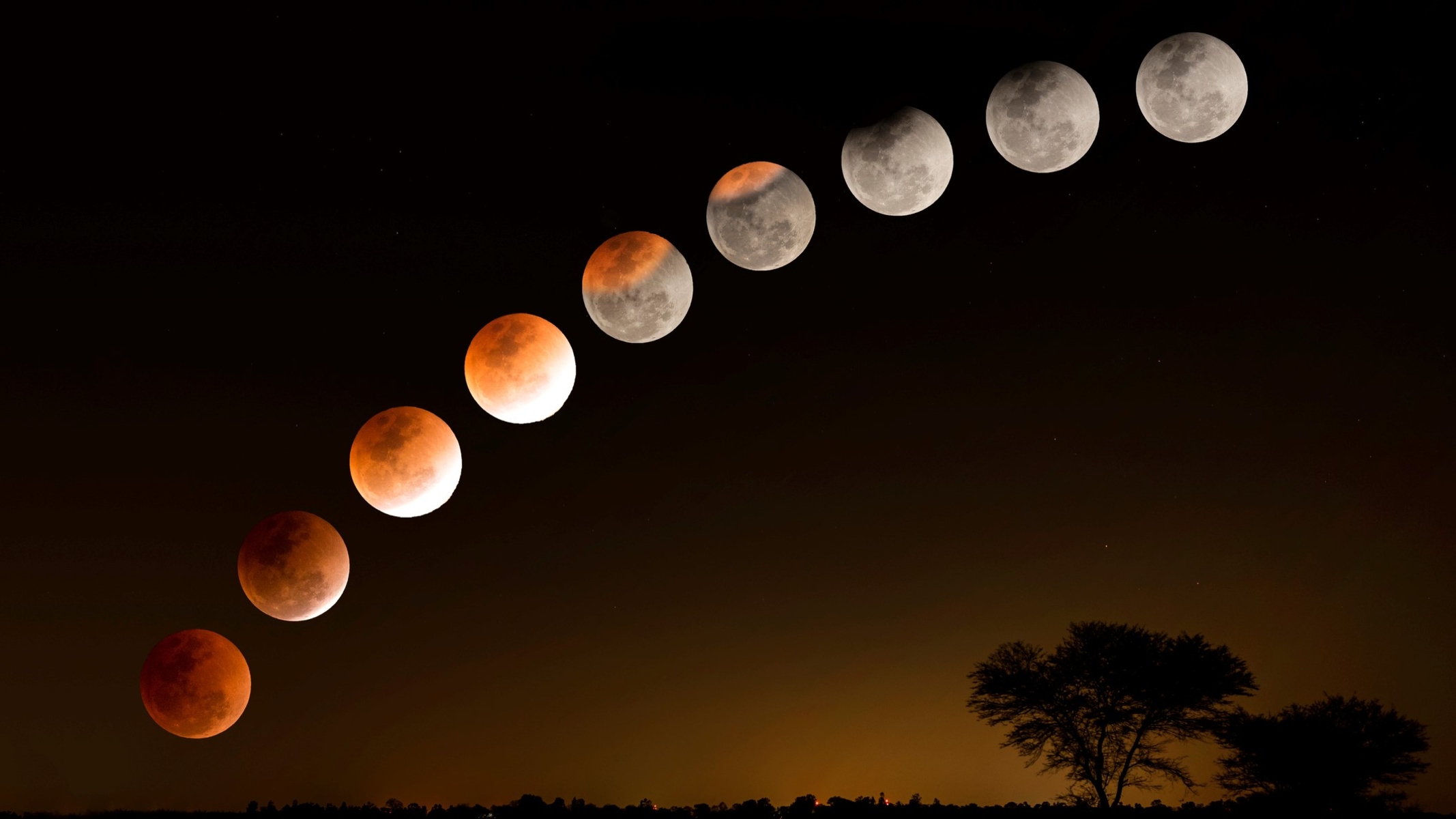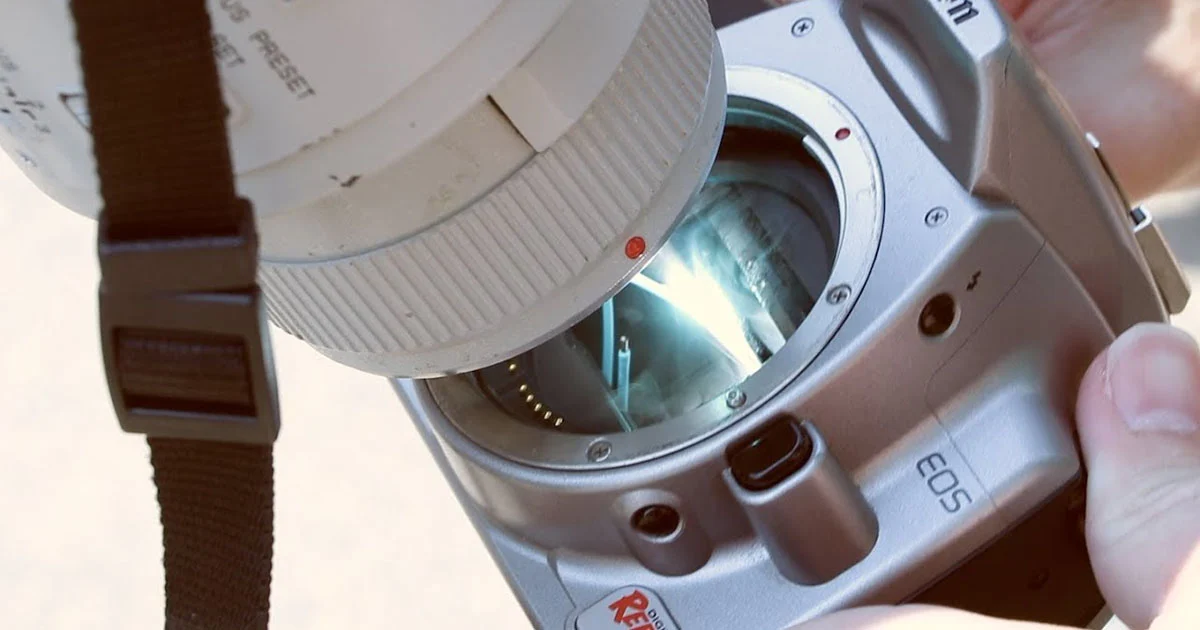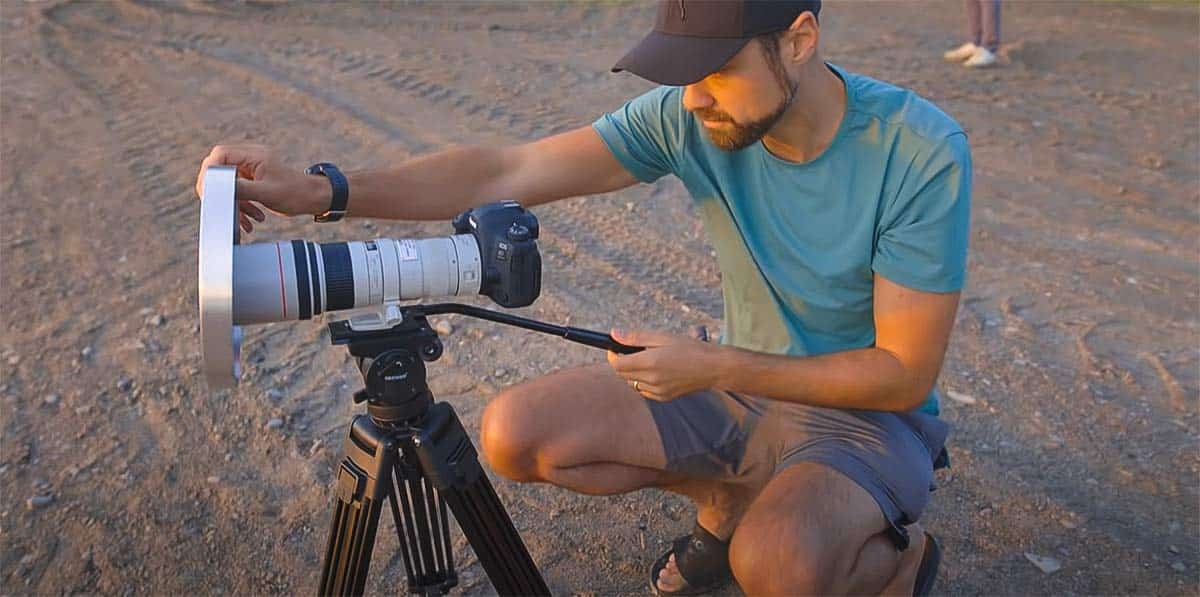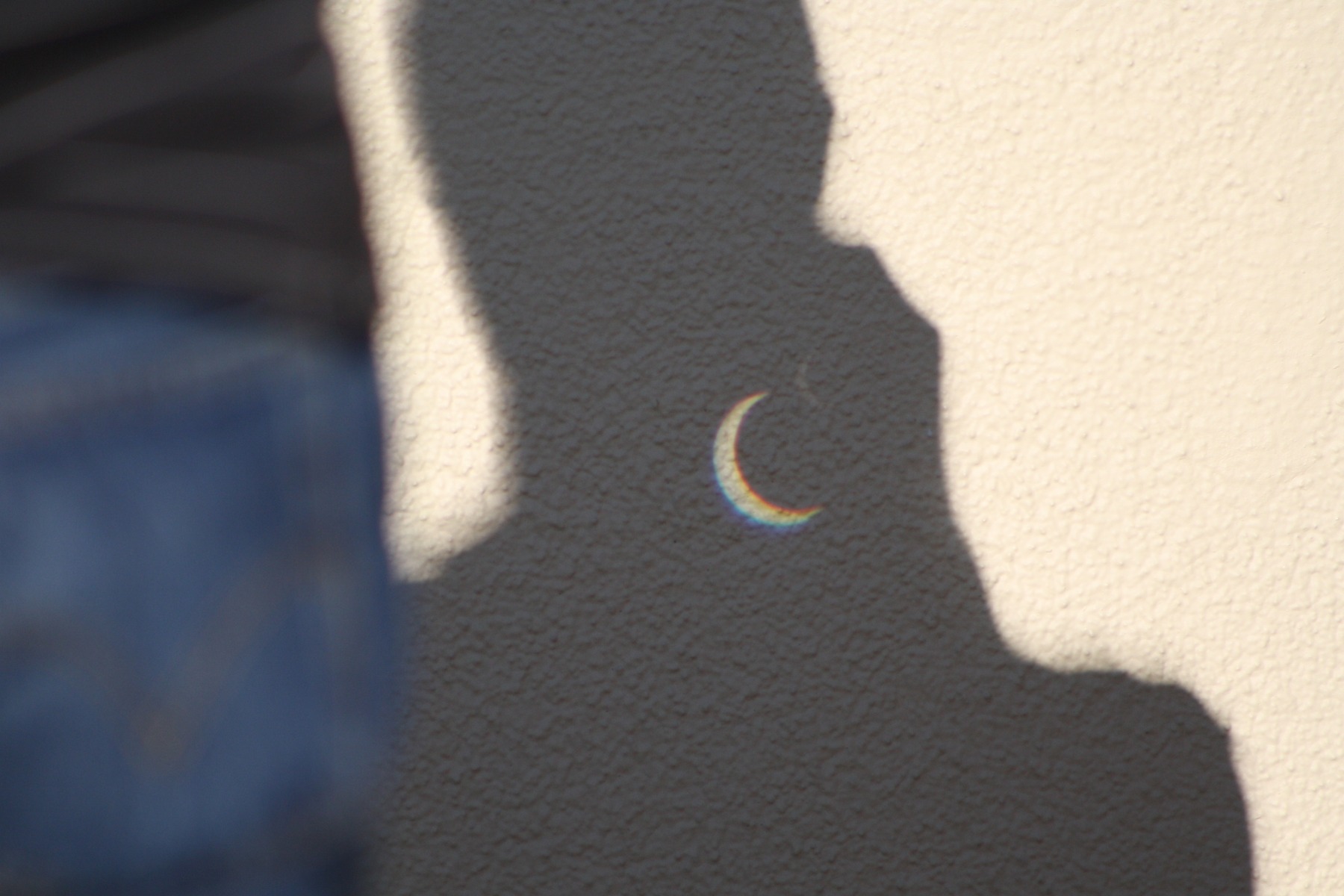Introduction
Capturing a solar eclipse with a DSLR camera is a remarkable feat that requires careful planning, the right equipment, and technical expertise. The allure of a solar eclipse lies in its rarity and the breathtaking display of celestial mechanics. As the moon gracefully moves between the sun and the Earth, a moment of cosmic beauty unfolds, captivating the hearts and minds of all who witness it. In this guide, we will explore the intricacies of photographing this awe-inspiring event using a DSLR camera, providing you with the knowledge and skills needed to immortalize this celestial spectacle.
The art of photographing a solar eclipse with a DSLR camera presents a unique and exciting challenge for photographers. It offers an opportunity to capture a fleeting moment of cosmic wonder, a convergence of light and shadow that holds immense visual and scientific significance. Through the lens of a DSLR camera, photographers can document the ethereal dance of the celestial bodies, creating stunning visual records that preserve the magic of the eclipse for years to come.
This guide is designed to equip aspiring eclipse photographers with the essential know-how to successfully photograph a solar eclipse using a DSLR camera. From understanding the mechanics of a solar eclipse to selecting the right equipment, planning the perfect shot, and mastering the technical aspects of DSLR photography, this comprehensive guide will provide you with the expertise needed to embark on this celestial photography adventure.
As we delve into the intricacies of capturing a solar eclipse with a DSLR camera, we will unravel the technical nuances of photography while embracing the enchanting beauty of the cosmos. Whether you are an amateur photographer or a seasoned professional, this guide will empower you to embark on a celestial photography journey that promises to be both challenging and immensely rewarding. So, grab your DSLR camera, pack your sense of wonder, and let's embark on an unforgettable cosmic photography expedition.
Understanding the Solar Eclipse
Before embarking on the endeavor of photographing a solar eclipse with a DSLR camera, it is essential to grasp the celestial mechanics that govern this awe-inspiring phenomenon. A solar eclipse occurs when the moon passes between the sun and the Earth, casting a shadow on the Earth’s surface. This captivating event unfolds in stages, beginning with the partial eclipse as the moon partially obscures the sun, leading up to the mesmerizing moments of totality when the sun is completely covered, revealing the sun’s ethereal corona.
There are two primary types of solar eclipses: partial and total. During a partial solar eclipse, the moon partially covers the sun, creating a celestial spectacle where a portion of the sun’s brilliance is obscured. In contrast, a total solar eclipse occurs when the moon aligns perfectly with the sun, completely blocking its light and casting a shadow on the Earth. This rare and breathtaking event offers a fleeting glimpse of the sun’s corona, a shimmering halo of light that is otherwise invisible to the naked eye.
Understanding the phases and dynamics of a solar eclipse is crucial for photographers aiming to capture its beauty with a DSLR camera. By familiarizing yourself with the intricacies of this celestial dance, you can anticipate the optimal moments to compose your shots, ensuring that you are prepared to immortalize the eclipse’s mesmerizing stages.
Photographing a solar eclipse is not only a technical endeavor but also a deeply immersive experience that connects photographers with the grandeur of the cosmos. As we delve into the nuances of capturing this celestial spectacle with a DSLR camera, we will unravel the art and science of eclipse photography, allowing you to embrace the wonder of the solar eclipse while honing your skills as a celestial photographer.
Choosing the Right Equipment
Photographing a solar eclipse with a DSLR camera requires the use of specialized equipment to ensure optimal results. The primary consideration when selecting equipment is the need for solar filters to protect both your eyes and the camera’s sensor from the intense brightness of the sun. Solar filters are indispensable for safely capturing the sun during an eclipse, as they reduce the sun’s luminance to a level that is safe for viewing and photography.
When choosing a solar filter for your DSLR camera, it is crucial to select a high-quality, certified filter specifically designed for solar observation and photography. These filters are available in various forms, including threaded filters that can be attached to the camera’s lens and full-aperture filters that cover the entire front aperture of the lens. Additionally, solar telescopes equipped with solar filters can also be used in conjunction with DSLR cameras to capture close-up views of the eclipse.
In addition to solar filters, selecting the appropriate lenses for your DSLR camera is essential for capturing the eclipse with precision and clarity. Telephoto lenses with focal lengths ranging from 300mm to 800mm are ideal for photographing the sun during a solar eclipse, allowing you to capture detailed shots of the sun’s corona and the mesmerizing phenomena that unfold during totality.
Furthermore, a sturdy tripod is indispensable for stabilizing your DSLR camera during the eclipse, ensuring that your shots are sharp and free from motion blur. Given the precise timing and duration of a solar eclipse, a remote shutter release or intervalometer can also be invaluable for capturing the eclipse without introducing camera shake.
As you prepare to embark on the celestial photography journey of capturing a solar eclipse with a DSLR camera, carefully selecting the right equipment will be pivotal in achieving stunning and memorable images of this rare and captivating event. By equipping yourself with the necessary tools and accessories, you can embark on this cosmic photography adventure with confidence and precision, ready to immortalize the enchanting dance of the celestial bodies.
Planning the Shot
Planning plays a pivotal role in capturing a solar eclipse with a DSLR camera, and meticulous preparation is essential for achieving remarkable results. One of the fundamental aspects of planning your eclipse photography is selecting an optimal location with unobstructed views of the sky. Scouting potential shooting locations in advance allows you to identify vantage points that offer clear sightlines and captivating backdrops, enhancing the visual impact of your eclipse photographs.
Weather conditions also significantly influence the success of photographing a solar eclipse. Monitoring the weather forecast and choosing a location with a high probability of clear skies is crucial for ensuring that you have optimal shooting conditions during the eclipse. Additionally, having contingency plans for alternative shooting locations can mitigate the impact of unforeseen weather changes, allowing you to adapt swiftly and continue capturing the eclipse from an advantageous position.
Another critical aspect of planning your eclipse shot is calculating the precise timing of the eclipse phases. Understanding the duration of each phase, from the initial partial eclipse to the mesmerizing moments of totality, enables you to anticipate and prepare for capturing the most captivating stages of the eclipse. Utilizing astronomical apps or software that provide detailed eclipse timings and celestial positions can aid in accurately planning your shots and maximizing the photographic opportunities presented by the eclipse.
Furthermore, considering the composition of your eclipse photographs is vital for creating visually compelling images. Exploring creative framing and incorporating elements such as landscapes, silhouettes, or architectural features can add depth and visual interest to your eclipse shots, elevating them from mere documentation to captivating works of art.
By meticulously planning your eclipse photography, from selecting optimal shooting locations and monitoring weather conditions to calculating precise eclipse timings and crafting compelling compositions, you can set the stage for a successful and visually captivating photographic journey. Embracing the art of planning as an integral part of your eclipse photography adventure will empower you to capture the celestial spectacle with precision, creativity, and a deep appreciation for the wonders of the cosmos.
Setting Up Your DSLR Camera
Preparing your DSLR camera for capturing a solar eclipse involves a series of meticulous steps to ensure optimal settings and functionality during the celestial event. The first and foremost consideration is attaching a certified solar filter to your camera lens. This filter is essential for safeguarding both your eyes and the camera’s sensor from the intense brightness of the sun, allowing you to capture the eclipse safely and effectively.
Once the solar filter is securely in place, configuring your camera settings is crucial for achieving stunning eclipse photographs. Setting the camera to manual mode provides you with complete control over exposure, aperture, and shutter speed, enabling you to fine-tune the settings to suit the dynamic lighting conditions of the eclipse. Additionally, adjusting the white balance to daylight or using a custom white balance setting ensures accurate color reproduction during the eclipse.
When photographing a solar eclipse, it is essential to use the lowest native ISO setting on your DSLR camera to minimize digital noise and maximize image quality. This low ISO setting, combined with an appropriate aperture and shutter speed, allows you to capture the intricate details of the eclipse with clarity and precision.
Focusing your DSLR camera during a solar eclipse requires careful attention to achieve sharp and well-defined images. Utilizing manual focus and magnifying the sun’s image on the camera’s display or viewfinder enables you to achieve precise focus, ensuring that the details of the eclipse are captured with exceptional clarity.
Furthermore, utilizing the mirror lock-up feature on your DSLR camera can minimize internal vibrations, enhancing the overall sharpness of your eclipse photographs. This feature, combined with the use of a remote shutter release or intervalometer, allows you to capture the eclipse with minimal camera shake, ensuring that your images are sharp and free from motion blur.
By meticulously setting up your DSLR camera for capturing a solar eclipse, from attaching the solar filter and configuring manual settings to achieving precise focus and minimizing camera vibrations, you can position yourself for success in immortalizing the celestial spectacle with stunning and captivating photographs. Embracing the technical intricacies of DSLR photography while harnessing the beauty of the eclipse will empower you to create images that evoke the awe and wonder of this cosmic event.
Taking the Picture
As the solar eclipse unfolds before your lens, the moment to capture this celestial spectacle with your DSLR camera has arrived. With meticulous planning and technical preparations in place, the act of taking the picture becomes a seamless yet exhilarating process, allowing you to immortalize the mesmerizing dance of the celestial bodies with precision and artistry.
During the partial phases of the eclipse, capturing the gradual transition of the moon as it moves across the sun’s disk presents a captivating photographic opportunity. Employing the precise exposure settings and focal lengths determined during your camera setup, you can document the evolving stages of the eclipse, capturing the interplay of light and shadow with finesse.
As the eclipse progresses towards totality, the ethereal moments when the sun’s corona is revealed offer a breathtaking photographic experience. With your DSLR camera poised and ready, the onset of totality provides a fleeting window to capture the sun’s corona in all its celestial glory. By maintaining a steady hand and a keen eye, you can immortalize this rare and awe-inspiring sight, creating images that encapsulate the profound beauty of the eclipse’s pinnacle.
Throughout the eclipse, embracing the art of timing and precision is paramount for capturing the most compelling and visually striking moments. Anticipating the optimal instances to press the shutter release, adjusting exposure settings as the lighting conditions evolve, and maintaining a steady hand to minimize camera shake all contribute to the creation of stunning eclipse photographs that resonate with the wonder and majesty of the celestial event.
Furthermore, exploring diverse compositions and perspectives during the eclipse allows you to infuse your photographs with creativity and visual impact. Experimenting with framing the eclipse against natural or architectural elements, incorporating silhouettes, or capturing the reactions of observers adds depth and narrative to your eclipse photographs, transforming them into evocative visual records of this cosmic spectacle.
By embracing the art and technical precision of capturing a solar eclipse with a DSLR camera, you can immortalize the celestial event with images that convey the profound beauty and awe-inspiring nature of the eclipse. Through the act of taking the picture, you have the opportunity to create visual records that preserve the magic and grandeur of the solar eclipse, inviting viewers to embark on a captivating journey through the cosmos with each compelling photograph.
Post-Processing the Image
After the exhilarating experience of capturing a solar eclipse with your DSLR camera, the journey continues with the post-processing phase, where you have the opportunity to refine and enhance your eclipse photographs, elevating them from raw captures to stunning visual representations of this celestial spectacle. Post-processing allows you to fine-tune the exposure, contrast, and color balance of your images, ensuring that they convey the ethereal beauty and intricate details of the eclipse with precision and artistry.
One of the primary considerations during post-processing is adjusting the exposure and contrast of your eclipse photographs to optimize the visual impact of the images. Fine-tuning the exposure allows you to enhance the details of the sun’s corona and the subtle interplay of light and shadow, while adjusting the contrast can accentuate the celestial drama unfolding in your photographs, creating visually compelling representations of the eclipse’s awe-inspiring stages.
Furthermore, refining the color balance of your eclipse images is essential for capturing the natural and nuanced hues present during the celestial event. Ensuring that the colors accurately reflect the sun’s corona and the surrounding atmospheric phenomena imbues your photographs with authenticity and evocative beauty, transporting viewers into the captivating realm of the eclipse.
Utilizing image editing software to remove any imperfections or artifacts from your eclipse photographs enables you to present the celestial event in its purest and most captivating form. Whether it involves refining the sharpness of intricate details or eliminating distractions that detract from the eclipse’s visual impact, post-processing allows you to craft images that resonate with the splendor and grandeur of the solar eclipse.
Additionally, embracing creative post-processing techniques such as adding subtle vignettes, enhancing the clarity of intricate features, or experimenting with monochromatic renditions of your eclipse photographs can imbue your images with artistic depth and visual allure, elevating them to evocative visual narratives of the celestial spectacle.
By immersing yourself in the art of post-processing, you have the opportunity to transform your eclipse photographs into captivating visual records that encapsulate the profound beauty and awe-inspiring nature of the celestial event. Each refined image becomes a testament to your skill as a photographer and a conduit for sharing the magic and grandeur of the solar eclipse with audiences around the world.







